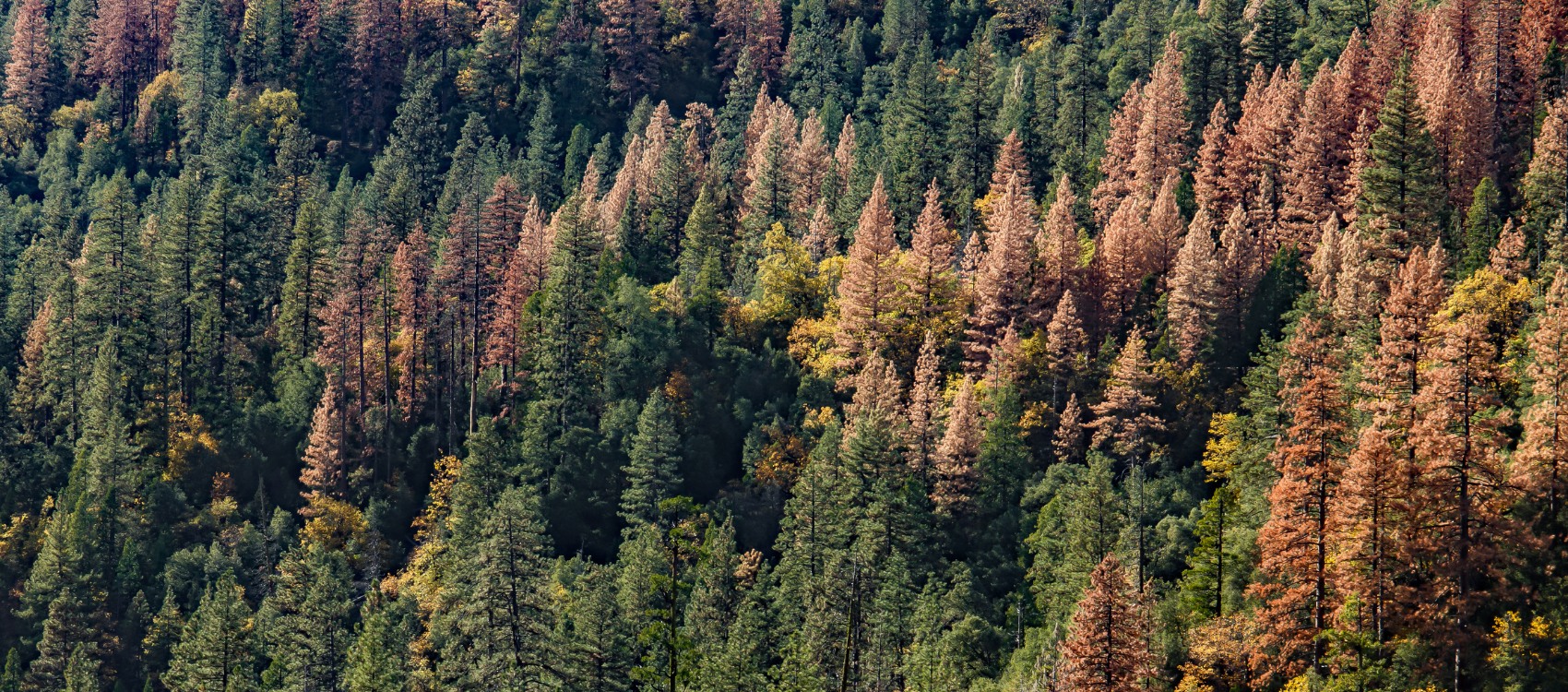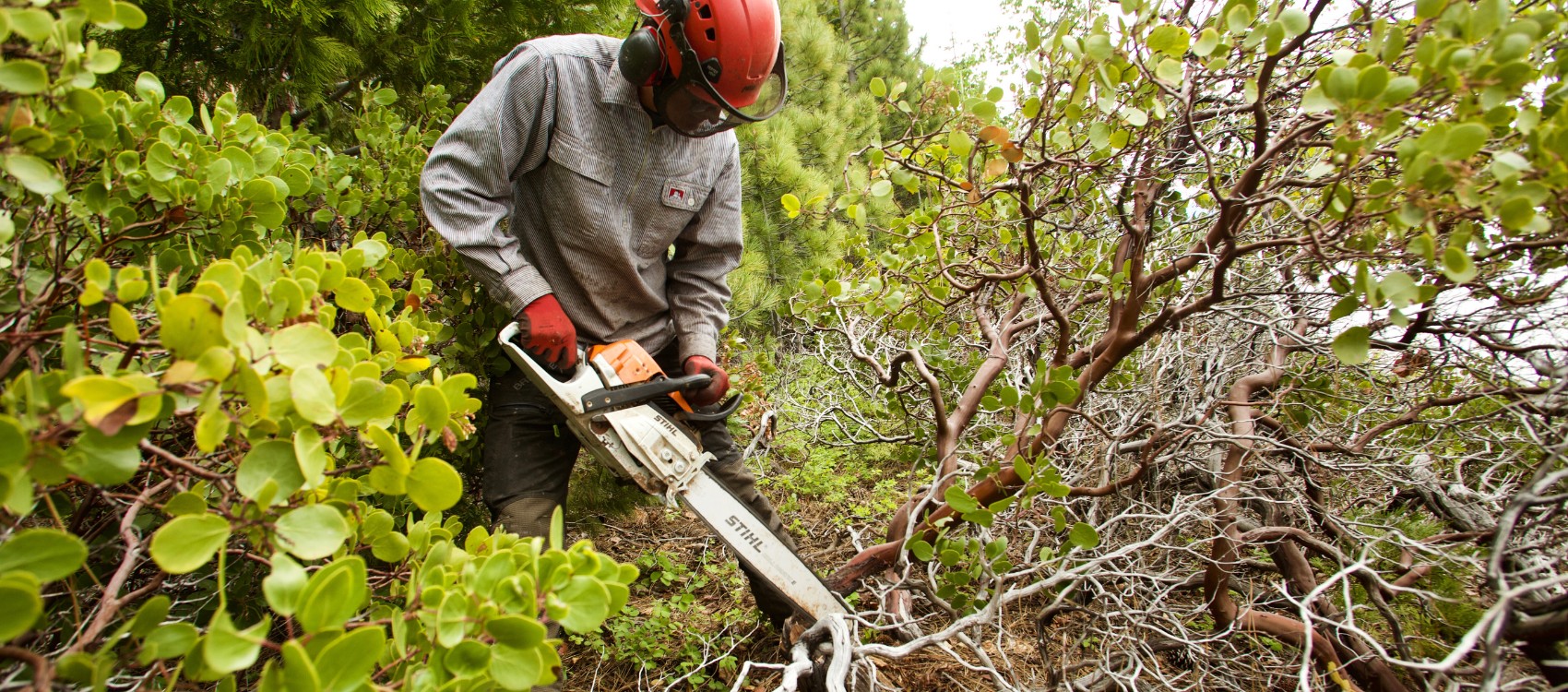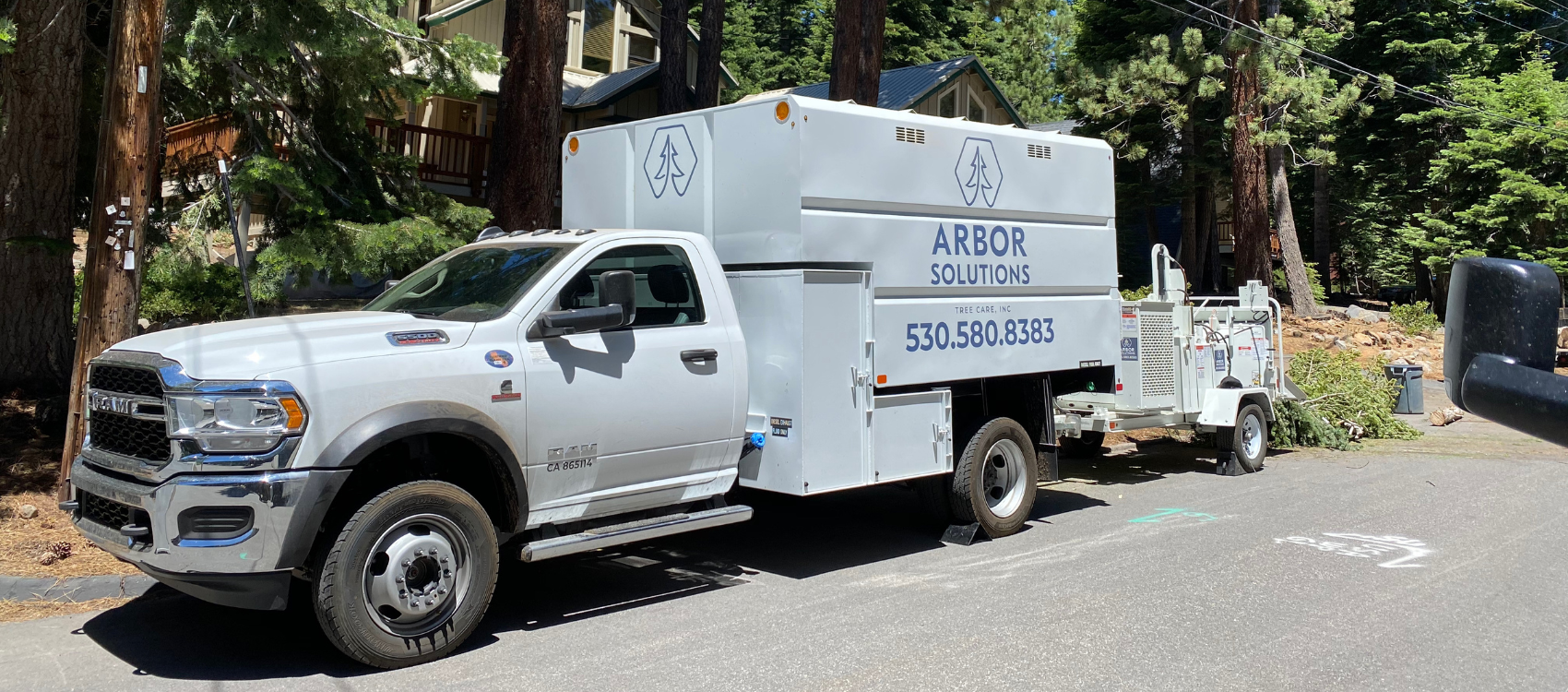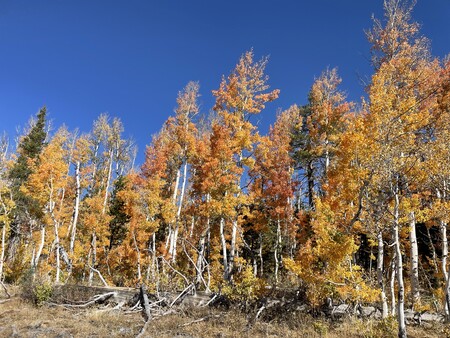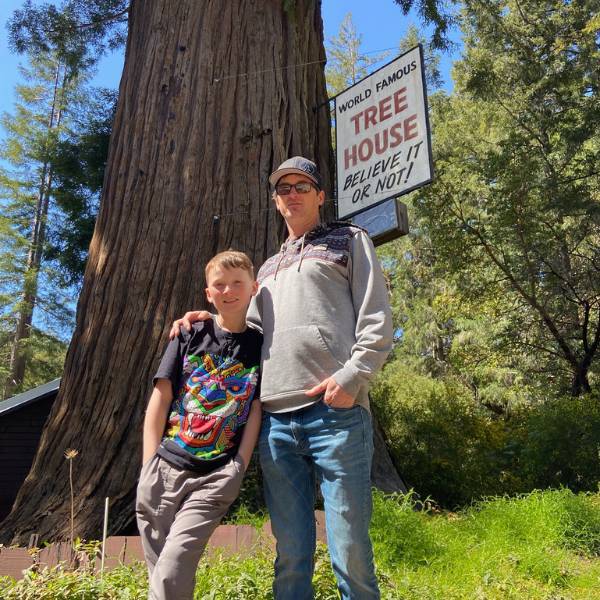
Lead Arborist James Piercy has worked in the tree service industry since moving to the Tahoe region in 1997. He has been an ISA Certified Arborist since 2004 and continues to provide expert recommendations and quality tree care throughout the region.
We publish monthly articles detailing tree care in the greater Truckee-Tahoe region. If you have a question about maintaining your trees, we may have already answered it on our Tree Care Blog.

